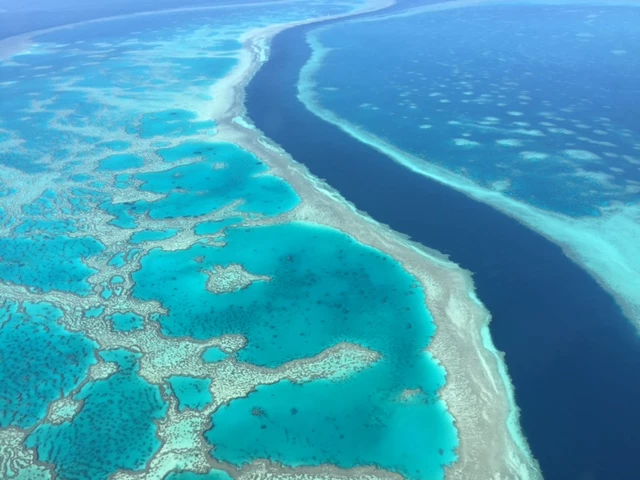The world’s coral reefs face an uncertain future in the face of climate change and warming oceans, and scientists have been forced to get creative in conjuring up long-term solutions. Among those is the idea of developing new types of coral that are more resistant to heat, and researchers in Australia are reporting new success in this area through a technique known as “directed evolution.”
As corals are made to endure abnormal sea temperatures, the algae living inside their tissues can become stressed and break free. This robs the organism of a key source of sustenance and is the mechanism behind the kind of coral bleaching events that have plagued Australia’s Great Barrier Reef in recent years.
Protective films that soften the sunlight and deploying underwater robots that plant larvae around reefs are a couple of ways scientists hope to address this environmental dilemma, and increasing the heat tolerance of the algae is another. Last year we looked at another project from Australia scientists where coral larvae was co-cultured with the algae to boost heat tolerance, with the scientists preparing to field test the technology in the most damaged areas of the Great Barrier Reef.

There are some parallels between that and this new method, which was developed by scientists at Commonwealth Scientific and Industrial Research Organisation (CSIRO), the University of Melbourne and the Australian Institute of Marine Science (AIMS). The team started by isolating microalgae from coral and then culturing them in a specialized symbiont lab over a period of four years while using what's known as directed evolution.
“Directed evolution is the exposure of an organism to controlled laboratory conditions aimed at accelerating adaption to those conditions and enhance certain traits, in this case heat tolerance,” Professor Madeleine van Oppen, of AIMS and the University of Melbourne, tells New Atlas.
With the algae adapted to tolerate warmer temperatures, they were then reintroduced to the coral-larvae to establish a symbiotic relationship that allows for far greater heat stress than regular corals can endure. This was demonstrated by exposing them to water temperatures similar to those seen in the Great Barrier Reef during the most recent bleaching event.

"We found that the heat tolerant microalgae are better at photosynthesis and improve the heat response of the coral animal," says Professor Madeleine van Oppen, of AIMS and the University of Melbourne. "These exciting findings show that the microalgae and the coral are in direct communication with each other."
While still in the proof-of-concept stage, the researchers say there is significant scope to upscale their approach, largely due to the potential to apply it to a wide range of coral species.
“We can grow these heat-evolved algae strains in very high quantities in aquaculture facilities,” van Oppen tells us. “The benefits of this potential intervention is that even a few types of these heat-evolved algae can form a symbiosis with many different coral species. For instance, the microalgal species the work was done with is known to form a symbiosis with at least 100 coral species. Therefore we can help with comparable low effort lots of different coral species.”
Among the next steps for the research team are exploring the potential for side effects on fully matured adult coral, and how stable the symbiosis remains over time. The team will also investigate how tweaks to the approach could speed up the directed evolution process.
Source: CSIRO





